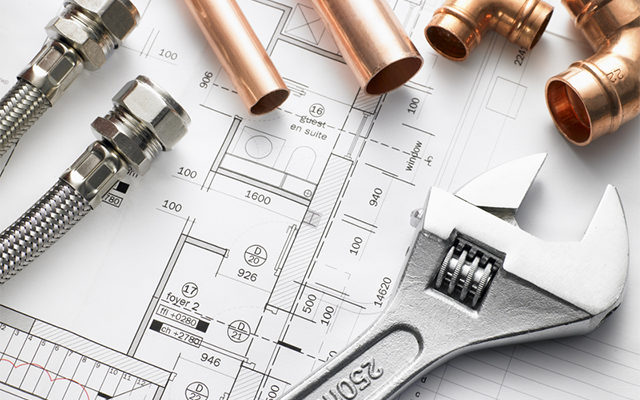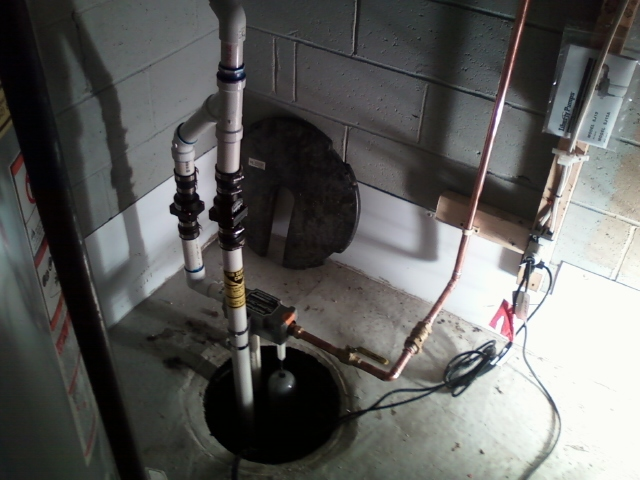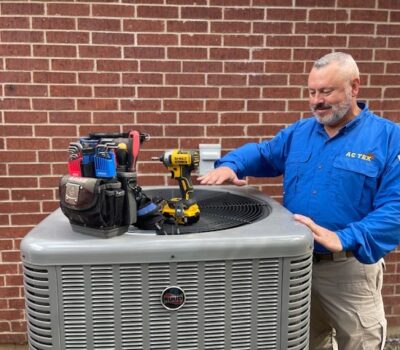

Proper Drains Maintenance
Make a lot more quality time for weekend break entertainment by having the assurance in understanding your pipes drains are functioning properly. There’s no need to await mins, repeatedly, for sluggish draining sinks to vacant. Right here are long-lasting upkeep steps that will guarantee your drains pipes will certainly run easily, which will not require expensive as well as harmful drain cleansing products or that ubiquitous plumbing’s helper, the plunger. You’ll have extra golf time, assured.
What is put down a sink drain matters most importantly. Usage discretion and also moderation in what you dump into your home’s plumbing system. The number one trouble occurs from cooking oil, and also it doesn’t make a difference whether it’s hot or cold grease. Always take care of grease in the trash with a tin can. Various other top drainpipe cloggers are hair and also soap residue, as well as coffee grounds. Hair can be captured with a drain display or filter, as well as coffee grounds are a welcome enhancement to yard mulch or compost.
Of course, what you feed the garbage disposal makes a lot of difference, too. Several municipalities are currently at or near complete capacity for their drain systems, so again, make use of the garbage can, instead. Tiny sections of orange or lemon peel ground up in the disposer will certainly freshen it up.
A slow-moving draining washroom sink might have a hair block in the tailpiece, which is simply under the sink, where the drainpipe stopper link runs. Remove the stopper, and you’ll likely find a connected plug of hair. If the stopper is secured into the drainpipe, loosen the lifter arm retaining nut, remove the lifter arm, after that eliminate the stopper. An old tooth brush put into the sink drainpipe will clear out any kind of continuing to be hair. A slow draining pipes bath tub may simply have a hair clog in the strainer.
Various other methods to keep drains running freely and fresh smelling include dropping a handful of baking soft drink right into the drainpipe, adhered to by a small amount of hot water, simply sufficient to fill up the drainpipe P-trap. Or, put a mug of vinegar or lemon aromatic ammonia into the drainpipe, allow it mean a half-hour, after that flush it with warm water. Never blend ammonia with bleach, an unsafe chemical reaction will certainly happen.

Now, if there are no successful results, techniques of releasing obstructions rise. Prior to the P-trap is gotten rid of, you may attempt an option of a half cup salt, a half cup baking soda, and also a fifty percent mug of vinegar, with the vinegar put last into the drainpipe, adhered to by warm water. Or, if that doesn’t work, a plumber’s helper bettor might be used to dislodge obstructions.
These are upkeep actions, not repairs. If you still have drainpipe troubles, you’ll need to take proper repair service steps. I wish to think that all rainfalls are mounted correctly in the first place, but my experience in improvement, particularly with washroom sinks, informs me not to presume anything. I discover all frequently, in removing old sinks and associated plumbing, that many drainpipe P-trap arms are actually sloped in reverse, back towards the P-trap, pooling excess water and also debris in the P-trap and wall catch arm, the most prone place for water drainage blockages to occur. This is likely due to absence of recognizing for the home owner.
You will not likely locate problems in home pipes drain pipes behind the wall surfaces, for the plain reason that plumbing systems properly mounted according to current building ordinance will function. It is an easy reality that pipelines must slope with a drop of regarding a quarter inch per foot of go to allow water circulation to bring debris together with it, in a self-cleaning setting. However, I have actually seen incorrectly installed drain pipes behind walls, where there is no or turn around slope. This is likely due to installation overlook for an unlicensed “plumber”, carrying out work without a structure authorization as well as examination.
The very same guideline relates to drain pipes wall surface trap arms to keep them running openly. That gooseneck curve of pipeline under the sink, the P-trap, is developed to trap as well as hold water to offer a barrier from undesirable sewer gasses. So, when added water from the sink rises in the P-trap, it will certainly drain out of an appropriately sloped wall catch arm to the drain plumbing in the wall surface. Once again, correct slope is a quarter inch decline per foot of run. A handy torpedo degree will read a slight amount of bubble beyond the level line. Read more information on finding an emergency plumbing repair by going to this link.
To obtain the correct incline and to inspect the P-trap, you’ll have to remove the P-trap. Setting a tiny jug under the catch to collect water. A rag will certainly come in handy to clean your hands. Latex gloves may be an alternative. A towel on the cabinet floor will certainly take in excess water. This is uncomfortable, tough work which might need you to enter cracker designed body positions under the sink pipes, so try to relax and also obtain comfortable inside the cupboard. Using channel lock pliers or a pipe wrench, remove both coupling nuts as well as washers which connect the P-trap to the sink tailpiece and also wall surface catch arm.
As soon as gotten rid of, you’ll be able to figure out if the tailpiece is too long, stopping the P-trap from being set up high enough to enable appropriate trap arm incline. Cut the tailpiece as necessary. Tidy the P-trap as well as catch arm, or replace with new ABS or PVC plastic installations that will not corrosion and also are easier to fasten together. There’s no need to over tighten the brand-new combining nuts, yet make sure to check for leaks and after that snug limited any loose installation.
If the trap setting up does not seem to be the root cause of the blockage, try using a little retracting drain snake in the wall surface pipeline electrical outlet after eliminating the trap assembly. Some older residences with actors iron drains used installations that have very sharp bends that could cause clogs.
This all can get a bit untidy, taking care of the deposit left in the pipelines. Do not bother with the gunk being secure, it will not harm you, as germs is present as well as breaking down the dust and waste. However, be sure to clean hands after the fixing.
If all other treatments discussed here stop working, call a certified professional or plumbing technician. You may have a bird’s nest in a large roof covering vent, creating a drainpipe line vacuum, or tree origins blocking the major drainpipe line leading bent on the street sewage system. In an older house, if the tub still won’t drain, you may require to have a plumbing professional change the existing as well as obsolete drum trap under the flooring.












